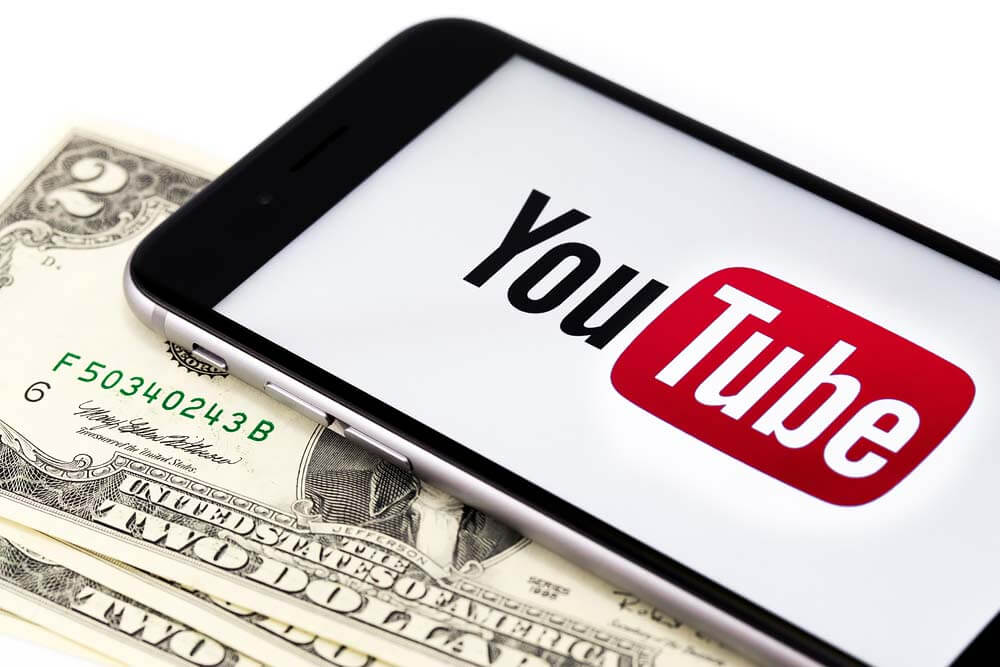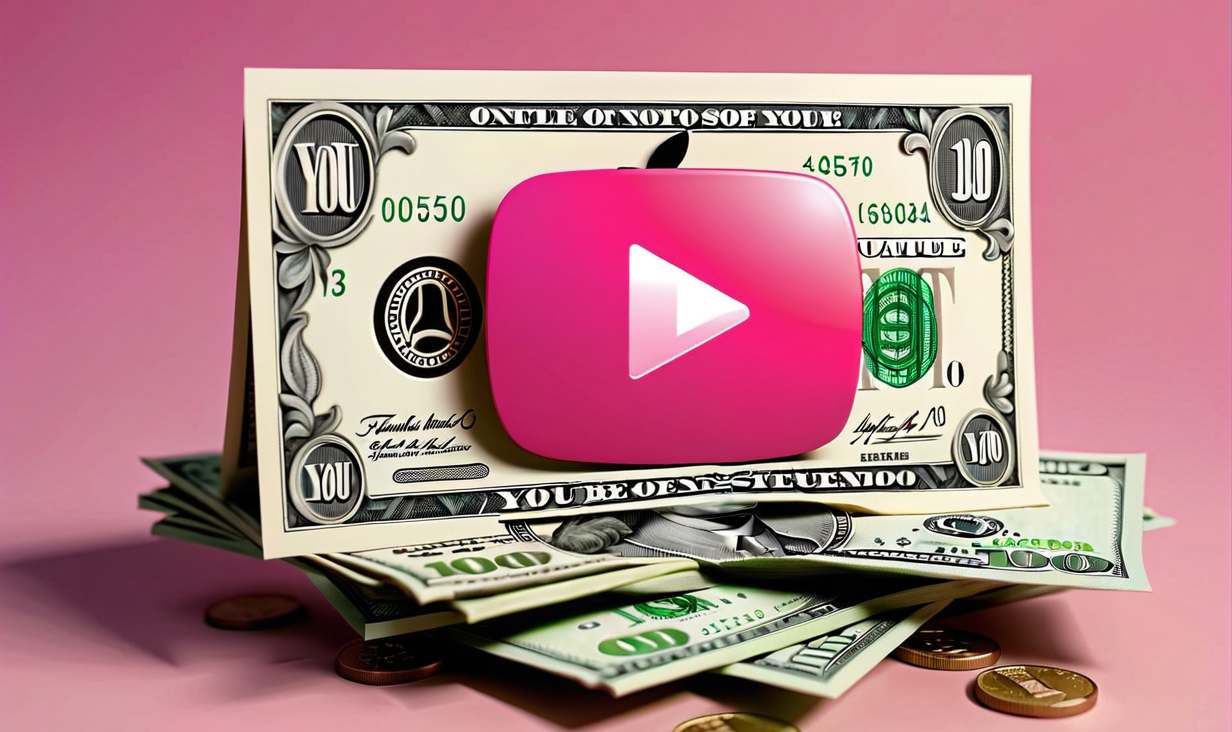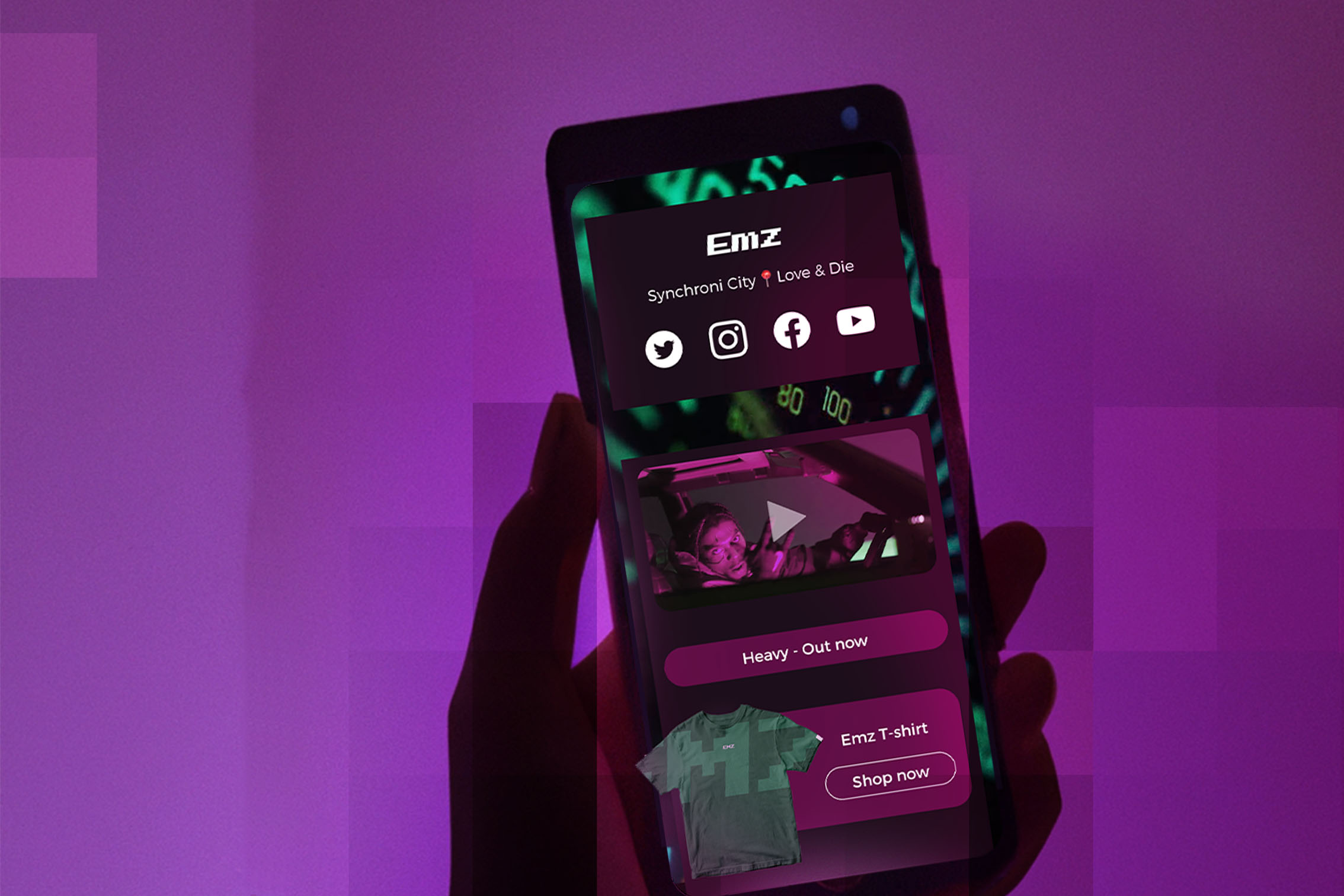Overcoming The Adpocalypse: How Much Do YouTubers Really Earn?
Last updated: 29 July 2024
If you’re familiar with the YouTube ecosystem, you’ll know that the word “adpocalypse” has taken a life of its own. It refers to the measures YouTube took to shield advertisers and their ads from being associated with controversial content. YouTube’s measures ended up affecting millions of YouTubers – including those running non-controversial channels.
These content creators experienced a significant drop in YouTube advertising revenue. They had to find other revenue streams to replace the income they lost because of these new measures. The YouTube community has indeed shown its resilience in dealing with the “adpocalypse” and many have thrived despite its dire consequences on content creators.
How did they manage to do this? What other revenue streams are available for YouTubers? And how much do YouTubers earn?

How much do YouTubers earn?
So how much do YouTubers really earn? YouTuber earnings are far from clear-cut. There are a lot of factors that impact a YouTuber’s income. According to an investigation undertaken by Insider, YouTubers make $1.61 and $29.30 per 1,000 views from Google-placed ads. For a video with 100,000 views, the average YouTuber makes at least $1000-$1300 from Google-placed ads.
The caveat? It all depends on the content of the video, how long viewers watch the video, the length of the video, and the total size of the video’s audience. As a result, most YouTubers cannot simply rely on YouTube advertising revenue to make a living and build a brand. This is why they now use other platforms to create multiple revenue streams.
5 Primary Revenue Streams For YouTubers
Programmatic advertising
YouTube’s Partner Program (also known as YouTube advertising revenue) pays YouTubers every time pre-roll and mid-roll ads are inserted into their videos. It’s a form of passive income, as YouTubers do not need to do anything else apart from post videos and apply for this program.
Sponsored videos
YouTubers maximise their videos’ earning potential by inserting their own ads into their video. This way, they can set their rate without having to depend on YouTube advertising revenue.
While brand collaboration and sponsorships existed pre-adpocalypse, the adpocalypse pushed YouTubers to find even more sponsors. These types of ads have dramatically increased in the last few years, as more and more YouTubers are realising that direct sponsorships are more lucrative than Youtube’s Partner Program.
Brands are also keen to sponsor YouTubers with a following. This is because audiences tend to trust YouTubers’ product and service recommendations more than traditional ads.
Other social media platforms
While YouTubers still rely on YouTube advertising revenue for a significant amount of their income, most of them have opted for a multi-channel approach to multiply their revenue stream. Twitch‘s popularity in the gamer community led to a lot of YouTubers – who previously relied solely on YouTube – to emigrate to Twitch, or at least add it to their list of platforms.
Lifestyle influencers have flocked to Instagram and TikTok to expand their following and benefit from brand partnerships. Some YouTubers who actively promote products on their Instagram and TikTok channels end up making thousands of dollars from these two platforms alone.
Other YouTubers started podcasting. By filming themselves while podcasting, business-savvy YouTubers manage to re-purpose the audio and the footage for different platforms.
Subscriptions
YouTubers are great at selling exclusive content at a premium. Depending on their niche, online courses are a money-making machine. Through these courses, YouTubers can reach a large pool of people without having to physically travel to a classroom or a particular location.
They can also pre-record their classes and re-use them at different points of their customer journey. Best of all, YouTubers don’t need millions of channel subscribers to kickstart this venture. By selling their courses at a premium, they only need a dozen people to recoup costs and make a profit.
Subscription platforms such as Patreon enable YouTubers to rest assured that they have X amount of dollars coming in every month. On the other hand, subscribers would expect regular content, so YouTubers who opt for this revenue stream need to make sure that they’re committed to producing content on the daily.

Merchandise
The top YouTubers are making millions of dollars in revenue from merchandising alone. And it’s not just the occasional tee and tote – many of them are selling branded merch in top-tier stores. For example, in 2020, Ryan Kaji and his family made $250 million from licensed products.
YouTubers operating in the beauty and lifestyle sphere are particularly successful at partnering up with “traditional” beauty brands and creating a branded line. Some of them end up starting their own beauty business. Jeffree Star is one such example. The beauty mogul founded Jeffree Star Cosmetics in 2014 and now makes up to $7.2 million per product launch.
Final notes
So, the question of “How much do YouTubers earn?” really depends on the YouTuber in question and how innovative they are with their content. Today, YouTubers have expanded beyond the confines of the platform and are securing book deals, branded products, partnerships, and ultimately building empires.
Brands recognise that they need YouTubers to appeal to Millennials and Gen Z audiences. For these young audiences, YouTubers are even more popular than traditional celebrities. One thing is for sure – YouTubers’ entrepreneurial spirit and creativity are finally being rewarded, as digital media has undeniably taken over traditional media when it comes to shaping trends, opinions and tastes.






